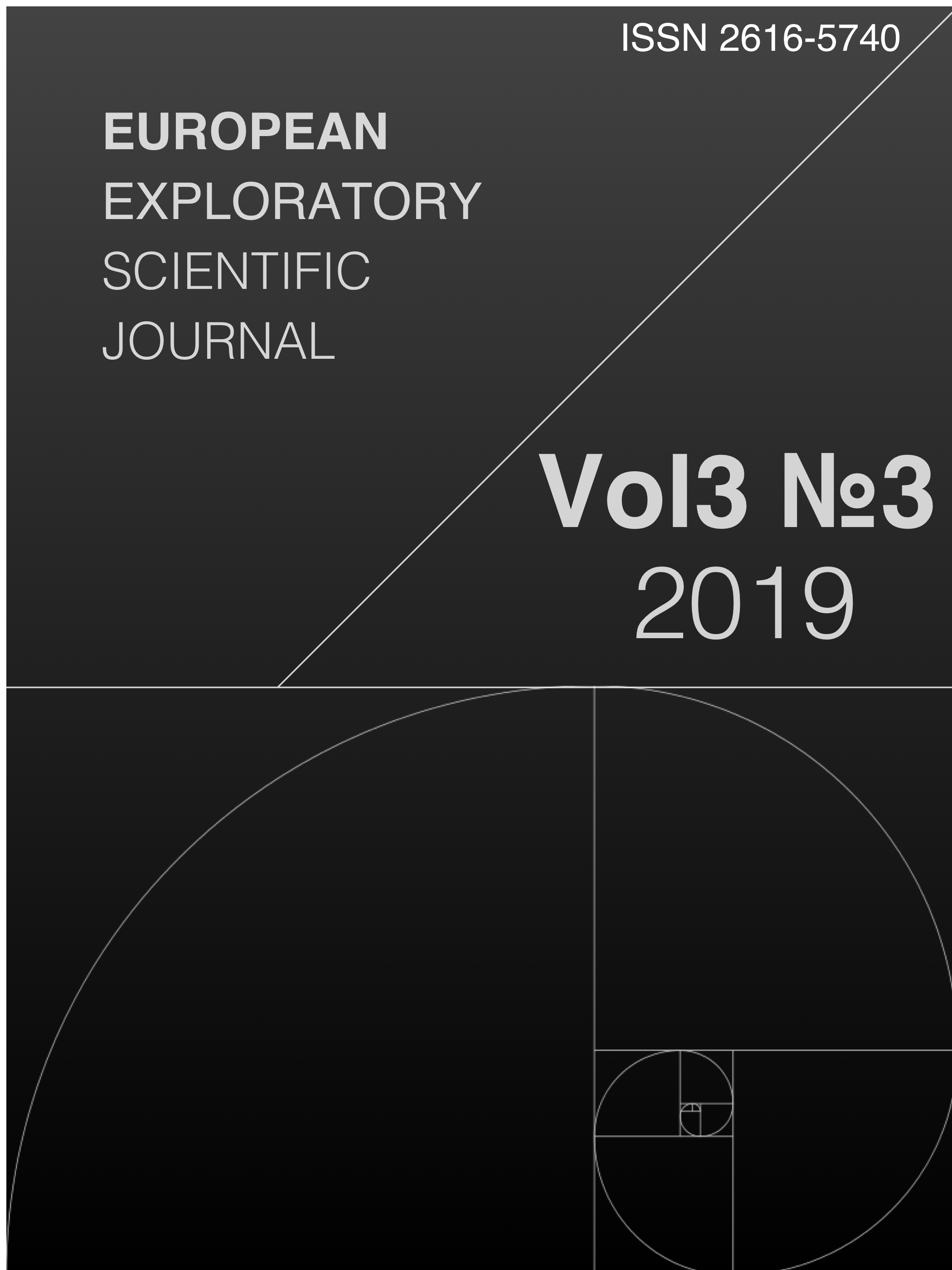An Analysis of the Social Reality in Conan Doyle’s Detective Fiction
Keywords:
artistic reality, social reality, archetype, myth, savior myth, Victorian myth, fin de siècle, , turn of the centuryAbstract
The pecularities of construction of social reality by Conan Doyle in the Sherlock Holmes cycle are analyzed closely. The social role of Sherlock Holmes is partially compared to the images of Dupin and Legrand from Edgar Poe’s detective short stories, which are devoid of imaginative connotations of saviors, though Dupin, for example, also acts within the framework of restoring the truth and establishing justice. Such a different interpretation of detective images suggests that the author constructs the social reality of the Sherlock Holmes cycle in such a way that Holmes, despite his outrageousness, strangeness, and partly even sociopathic inclination, still acts as a guarantor of societal security in the Victorian society of the fin de siècle.


